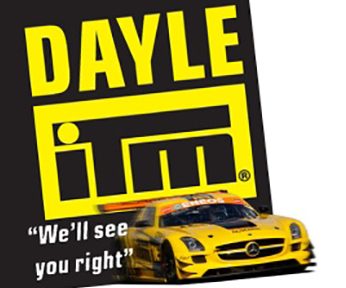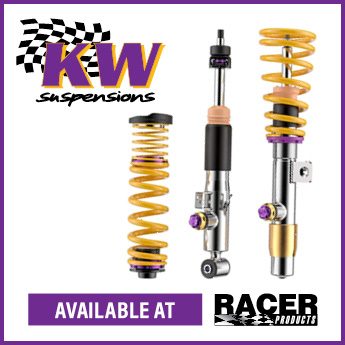Super GT category manager Grant Smith says it was never in his wildest dreams to have all 30 racing entitlement licenses for next year’s inaugural season sold out so quickly.
On Friday, Velocity News learnt that all available spots on the Super GT grid had been filled.
It was only on Thursday afternoon when Super GT officially launched.
New Zealand’s newest racing series combines GT4, Porsche 911 GT3s and Ferrari Challenge cars and puts them head-to-head on the race track.
It was an idea that Smith and Speed Works Events managing director Geoff Short have been planning for the last six to eight months.
The knowledge that they will be bringing a full grid of 30 cars to four rounds across the country has Smith buzzing.
“You have your wishes and dreams, but to achieve it like that is exceptional,” Smith told Velocity News.
“Even in our wildest dreams we thought we would never achieve this.”
Super GT was born out of Smith and Short seeing how many late model Porsches were scattered across the country.
Most come out for the domestic endurance season during the winter months before sheltering away for the summer.
An increasing number of GT4s in New Zealand and a handful of Ferrari challenge cars had Smith and Short decide to bring all these classes together.
Their plan was to have a summer series consisting of some of the country’s most exotic sports car manufacturers.
The response was overwhelming, and Smith is excited to see what happens when it comes to business on the race track.
“It’s not only the quantity but the quality of the field,” he said.
“Where else do you get the chance to see McLarens, Porsches, Aston Martins, Ferraris and Mercedes racing against each other.
“All these cars together have a value of more than $10 million.
“We have some amazing machinery that will make for some interesting racing.”

Super GT will use Balance of Performance at each race weekend to create a level playing field. This will be in the form of a compulsory pitstop made during each race.
By giving faster cars and drivers longer pitstops to complete, Smith says he could simplify some of the technical regulations.
“Over time, a lot of these cars have had modifications, and we thought it was unfair to ask these guys to take their cars back to factory standard.
“[Handicapping pitstop length] was the easiest way possible to keep the racing close and give everyone a chance of winning.”
Next year’s season will be over four rounds.
The first two will be in the South Island before a trip north for the final two meetings, including the 67th New Zealand Grand Prix at Hampton Downs.
“We thought it was important to be represented in both islands,” Smith said.
“It was also important to be at the New Zealand Grand Prix. We saw last year how big and exciting that event was.”

It is likely that not all 30 drivers can travel and race at all four rounds next year.
So, Smith says the category can issue temporary licenses to other drivers to ensure there is the largest grid possible at every round.
He even suggested that in the future, we could see Super GT grids surpass 30. However, that is a long time away as 30 is the ideal number currently.
“I could probably get to 40 cars, but that presents lots of other challenges.
“So, 30 is the size I think that will give a good showing. It also allows us to manage things like hospitality and pitlane space.”
A delayed highlights package of every Super GT round will be broadcast on TV3’s CRC Motorsport a week after each round.
Highlands Motorsport Park opens the 2022 Super GT season on January 15-16.

















